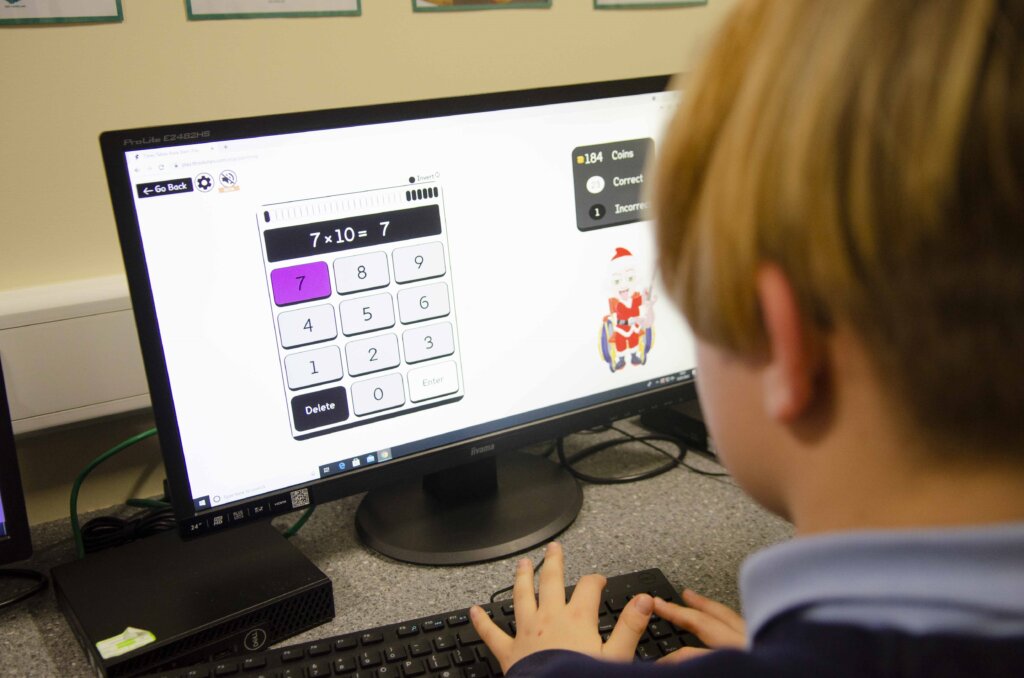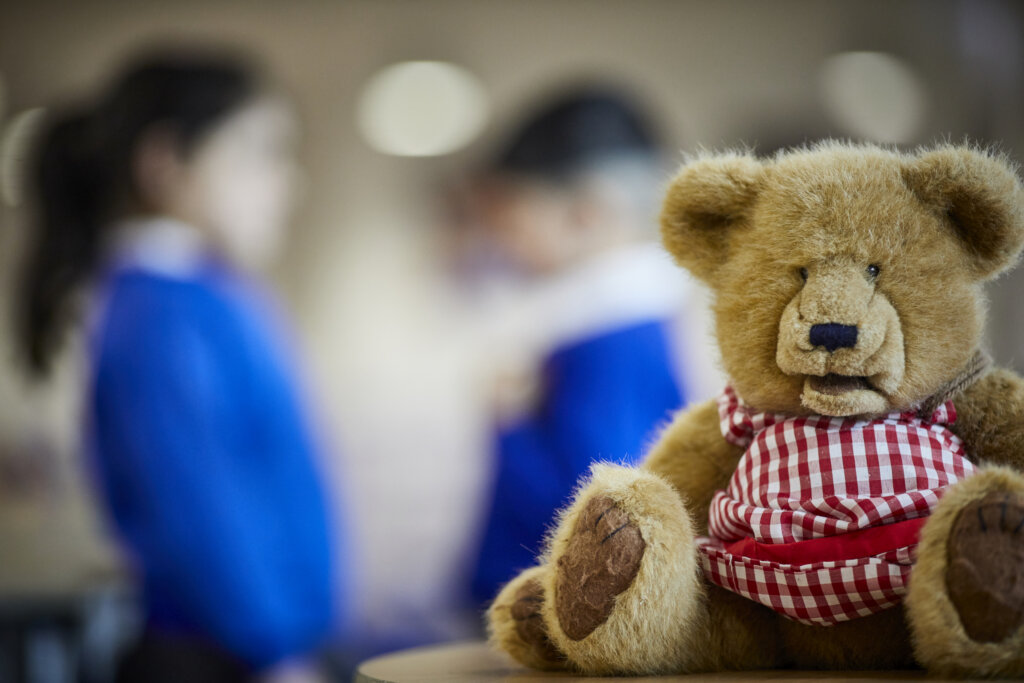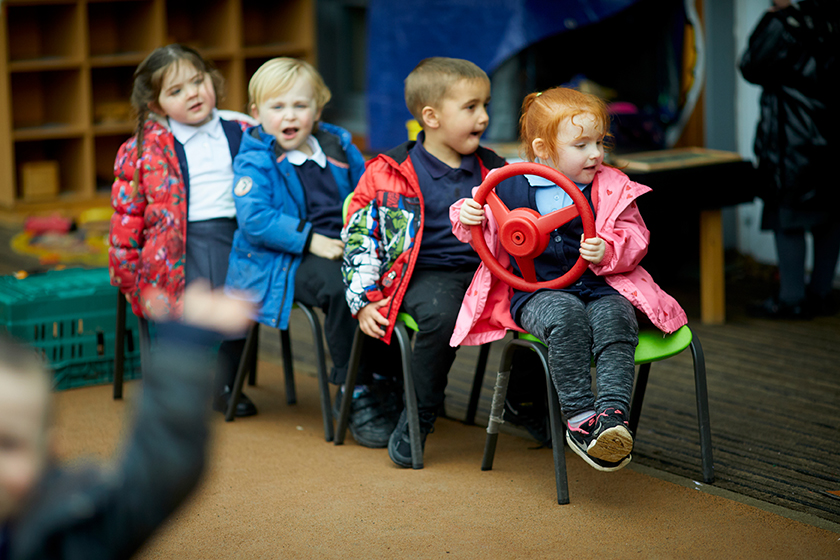The consultation for the new Ofsted Education Inspection Framework, which is planned to be used in schools from September 2019 has seen an emphasis on the quality of education, with a new inspection category that will replace “outcomes” as one of the four main areas under which schools will be inspected. We are able to have our say on the proposed changes until April 5th 2019.
Curriculum is the hot topic of the moment. Her Majesty’s Chief Inspector, Amanda Spielman, has made it abundantly clear that the key focus for Ofsted’s new inspection framework will be how schools educate the whole child.
The National Curriculum is the basic statutory requirement for what maintained schools teach children in England. However, the National Curriculum was never envisaged as the be all and end all, just the starting point. We have to ask ourselves, what is a good school curriculum? To try to answer this, we have to go back to basics. What do we want to teach children during their time at school?
They recently published the third and final phase of their research study into the curriculum.
Phase 1 investigated curriculum thinking in schools, with Phase 2 then focusing on schools where curricular thinking was strong. Phase 3 was intended to study how best Ofsted could inspect curriculum quality.
Based on findings from Phase 2 of the research, a list of 25 key indicators was drafted and used to assess individual subjects within schools on a five point scale. The research found that:
- Primary schools were more likely to score poorly than secondary schools.
- English and Mathematics scores were generally good, however there were few high scores for the foundation subjects.
- There was a weak positive correlation between a school’s Ofsted judgement and the quality of their curriculum. Some schools with an RI judgement were shown to have a strong curriculum and the research advised that this should rightly be rewarded.
- There is no clear link between deprivation and a school’s curriculum quality, suggesting that the planned move towards using quality of education as the main focus for inspection, will allow Ofsted to reward schools who are making the biggest difference.
- The vast majority of schools who scored well on their curriculum quality also report average or above average progress. Those schools that have high average progress but weak curricula would be a focus for exploration in the future framework.
- In schools where the curriculum is weaker, there is usually a disconnection between well-meant intent and effective implementation.
Although Ms Spielman made it clear in her commentary that it would not be practical for the entire list of indicators to be used during inspections, they do form a useful audit of practice.
Please click for a free curriculum audit that uses the indicators as a starting point.
Intent
What is a good school curriculum?
To try to answer this, we have to go back to basics. What do we want to teach children during their time at school?
The word curriculum itself can give us an important clue. Coming from the Latin currere (to run), the original definition was ‘a running’ or ‘a course’, the implication being that a curriculum is a journey towards something. Where do we want the children we teach to ‘run’ to?
I would hope that teachers everywhere want a similar destination to me – for children to become happy, healthy and fulfilled adults who actively engage with the world. If that’s our destination, how can we, as schools, create a curriculum journey that supports all, no matter their personal circumstances, to reach it?
Your school curriculum is not merely the national curriculum, it has to take into account your school’s special circumstances, from your pupils to your staff, your community to the challenges of the world today. It has to prepare your pupils for the rest of their lives. It is not something that you can carbon copy from another school, but please do look to other schools, such as the wonderful East Whitby Academy, for inspiration!
When designing your curriculum, you might want to consider these questions:
- What deserves celebrating in our community? What makes our community different? What makes it stand out?
- What are the challenges our pupils or community face? How can we better prepare our pupils for them?
- What experiences might our pupils benefit from?
- How does our curriculum reflect our pupils and community? Can our pupils see themselves in the books we read at school? Can they see themselves in the authors we choose?
- How does our curriculum reflect our country and its history? Does our history curriculum teach the realities of our past?
- How does our curriculum prepare children for the world? Have we prepared them for a world with fake news?
- Are we equitable in the way we approach our curriculum?
- What knowledge and skills do we want children to learn by the time they leave our school?
Click here for a free resource to support you to discuss these key questions in school.
You may want to take a cue from the Finnish National Core Curriculum, where seven transversal competencies form the backbone of children’s education:
• Thinking and learning to learn
• Cultural competence, interaction and self-expression
• Taking care of oneself and managing daily life
• Multi-literacy
• ICT competence
• Working life competence and entrepreneurship
• Participation, involvement and building a sustainable future
What competencies might you want to form the backbone of your school curriculum? We’ll be exploring all these questions and much more at our upcoming course ‘Achieve the Best: Broad and Balanced Curriculum’. Click here to find out more about our training courses and conferences.
Implementation
You have your vision, but how to implement it? As we have seen, this is often where a good curriculum can stall. Again, every school will approach implementation differently but these six facets are a good place to start the discussion:
- People – who is going to lead the curriculum? How will we support subject leaders to implement our curriculum? How can we best ensure that everyone engages with our curriculum?
- Planning – how is every subject going to be mapped out? What progression is to be expected? What model do we want to follow?
- Resources – what CPD will staff need? How often will this need to happen? What resources are needed in every classroom?
- Delivery – how are we going to support staff to deliver our curriculum? Will every pupil access it in the same way or will pupils need intervention to support their needs? If so, how will we do this?
- Assessment – how will we accurately assess learning whilst managing staff workload? How will we know that assessments are accurate? How will assessments impact teaching and learning?
- Review – how will we monitor the implementation and impact of our curriculum? How often will we change our curriculum?
Click here for a free resource to support reviewing a subject’s curriculum.
Impact
Ultimately, whatever curriculum you choose, it is its impact that is most crucial. Good intent and implementation should result in positive impact, however how can a school measure this? Yes, some answers may lie in data, however that should never be the be all and end all. The key is to encourage active questioning from all members of the school community, not just your leadership team. Asking what effect your curriculum has on individual pupils or specific groups; whether all pupils access the curriculum equally; if staffing or resourcing has an impact – all of these questions help you to gather an understanding of impact. The questions your staff, community or even pupils, may ask, will again vary from school to school. However, if you build a culture where people’s questions and opinions are valued, you will reap the rewards. Only once questions are asked, can impact, both positive and negative, be gauged and learned from.
If you would like more information on how our School Development team can support you to further develop your school’s curriculum, please contact our Education Consultant, Laura Lodge.
ABOUT THE AUTHOR
Laura is a literacy specialist who has experience working across the primary phase.
















